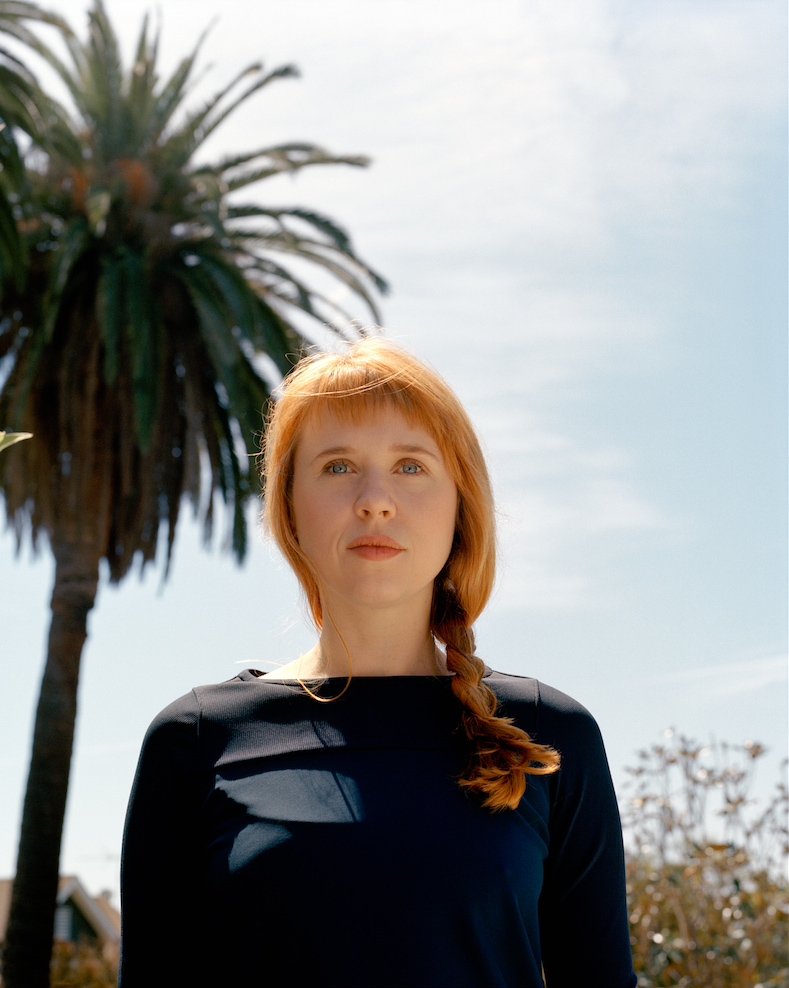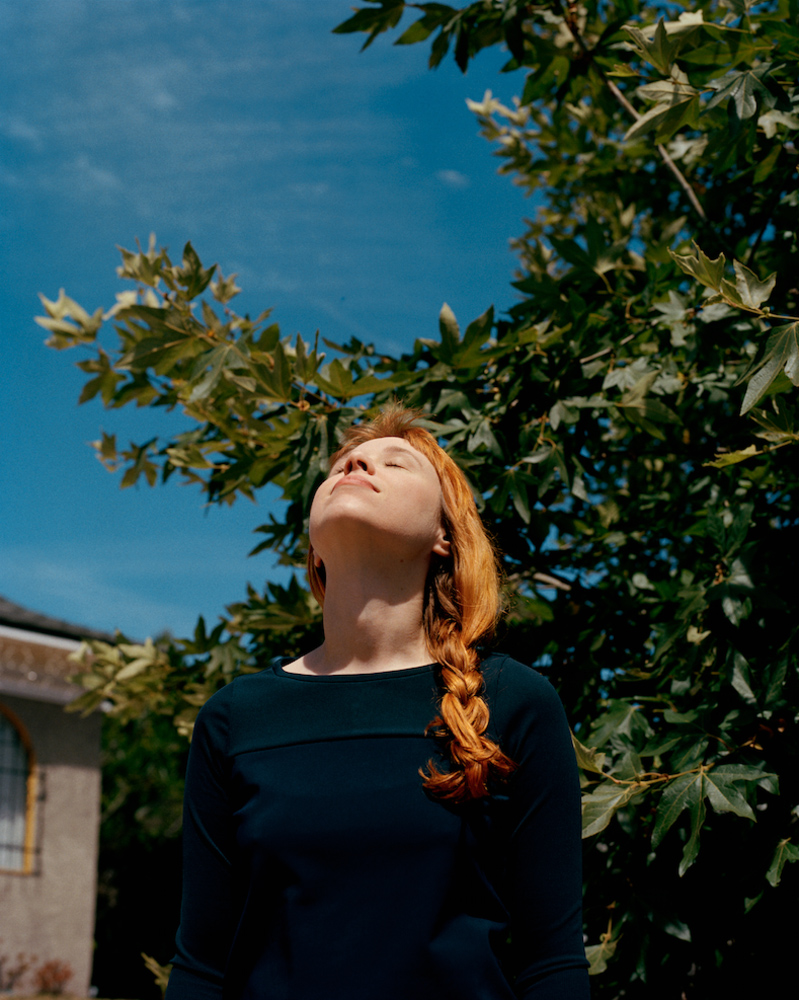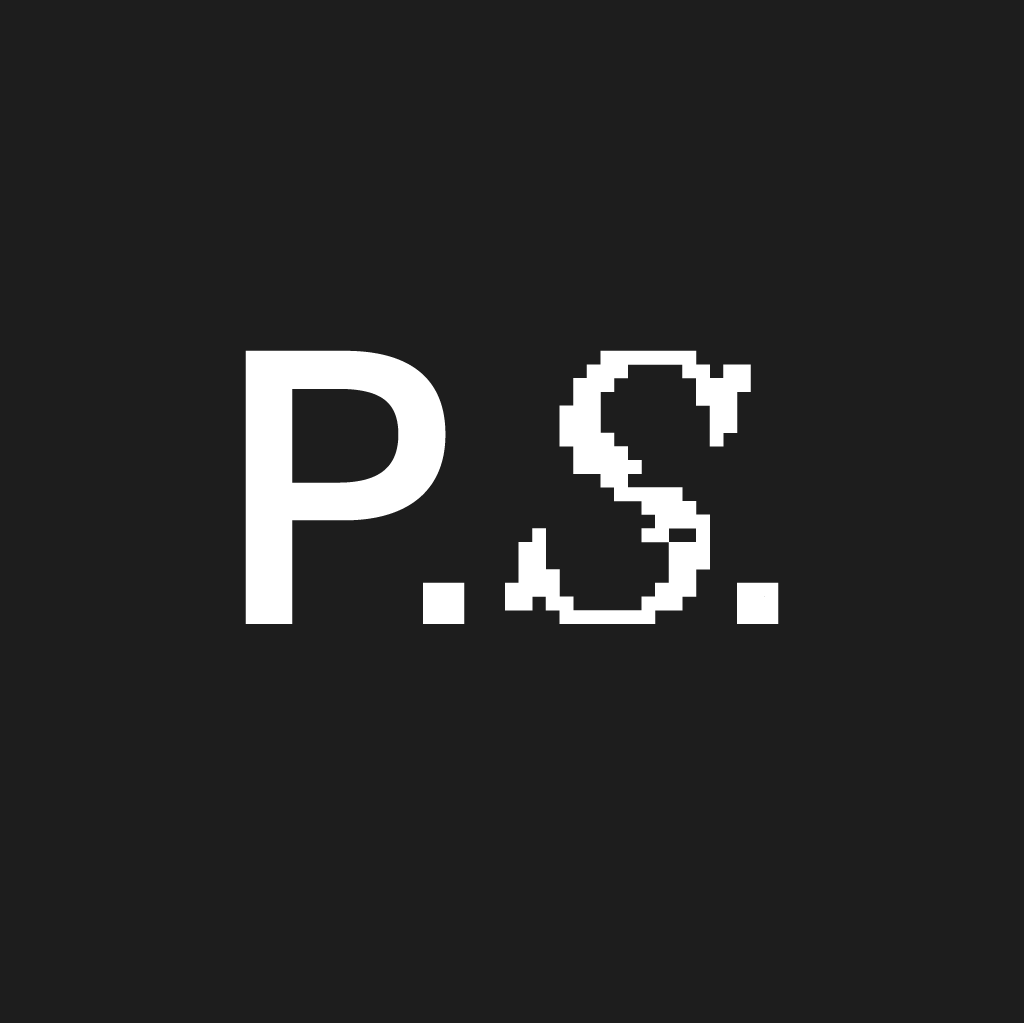Holly Herndon
We meet the experimental sound artist to talk bleeps, code and attacking the NSA

This article was originally printed in Protein Journal Issue #16
It’s hard not to be cynical about today’s music industry heavyweights. Some of the largest, most successful labels and producers seem to use the same moneycentric formulas to maximise the chances of success and minimise financial risks. Countless focus groups and creative meetings ensure that the music reaching the public’s ears will ruffle just enough feathers to get noticed while still appealing to mainstream tastes. This might sound like the grumblings of an older generation, but it seems as though the reason so much pop music sounds the same is because of this formula for commercial success. The more artistically adventurous among us should be grateful then, that artists such as Holly Herndon are pushing back the boundaries of what contemporary music can be, what issues it can address and even how it can be made.
Herndon’s music is difficult to describe and even harder to label. It is largely electronic but defies the dance music trappings of other music in this genre. Made up of countless elements – some instrumental, some musical and some simply recordings she’s made – it’s a complex web of tiny parts which come from very different places. Explaining how her audio inspirations can come from pretty much anywhere, she says: “I was working on New Ways to Love, when Mat, my partner, slammed the fridge door. Something jiggled in the perfect way, so I ran in and recorded it.”
Last year, this unconventional approach to making music saw her invited to speak at Red Bull’s Music Academy in Tokyo. She lectured on the role of music in today’s society, new ways to make music and how technology is evolving our understanding of instrumentals. Her talk lasted nearly two hours and it’s clear she is passionate about the role of music and its power as a creative force.
“So much of contemporary culture is about cynicism and sarcasm. I would much rather we were optimistic and having conversations about what we want things to be like"
Simply labelling Herndon a musician feels inadequate. Music and audio are, without doubt, her primary modes of expression but there’s so much going on beneath the surface of her work that it might be more fitting to think of her as an artist who works with sound. She is, however, not overly enthusiastic about that badge: “I guess ‘artist’ makes sense, but I get a little bit cringey with that title. I definitely work in other spheres.” A prime example of how she has crossed disciplines can be seen in her collaboration with menswear label Cottweiler earlier this year. Along with her creative partner Mat Dryhurst, Herndon produced Recruit, a new piece of multifaceted music to accompany the label’s autumn/winter 2015 show at London’s Alison Jacques Gallery.
Herndon’s musical origins lie in Bible camp, which makes listening to her latest album, Platform, all the more surprising. The glitchy, sample-heavy electronic production of her recent work seems a world away from the guitar lessons and church choirs she attended back home in Tennessee. “People think that’s just what people do in the movies but, in the South, we would literally sit around the campfire and harmonise,” she says. You could be forgiven for thinking this introduction to music did little to inform Herndon’s current offerings but, even with all the MIDI controllers and self-programmed production software she uses, the fundamentals of melodic, spiritual songs such as Kumbaya have left a lasting impression.
“A lot of the polyphonic choral writing is still part of what I do,” she says, and this is evident on tracks such as Chorus. Perhaps the most commercial song on the new record, its discordant beeps, whistles and fuzzes swell into a chanting, reverent vocal loop. The haunting vocals of Unequal call to mind Catholic rituals and swinging censers, smashed together with a weak radio signal and a buffering YouTube video. The influence of church music is present in much of her music, it’s just that Herndon’s church is full of exposed wires, Wi-Fi and buggy Javascript. Having had her first taste of techno clubs and electronic music in Berlin, Herndon then attended Mills, an arts college in the San Francisco Bay area. The college has employed some of this century’s most avant-garde musicians, such as John Cage and Morton Subotnick.
“It’s got that California freak, experimental thing going on, but in a very DIY way”
While she was still studying at Mills, Herndon released her first record, Movement. The album was critically acclaimed and many reviews observed just how unlike anything else it was, not just in terms of sound but also subject matter. The notion that pop can only be about varying degrees of love, sex or partying is so ingrained in the modern consciousness that covering any other issue can raise eyebrows. “I like the idea of people being able to pull in different things and try out different things, and also write pop music about things other than getting it on in the club,” she says. “Everyone’s got it on in the club and that’s really fun, but there’s other stuff happening.”

For Herndon, there’s an element of disappointment with pop music’s willingness to limit itself and its apparent lack of ambition and scope. She believes that pop music can tackle big issues and Home, a track from her new album, is about the NSA. Herndon’s frustration, however, in no way indicates a lack of optimism for the medium – far from it in fact. “I think that pop can be a carrier signal, it can travel really far. You can embed a message into that carrier signal and it will travel and go somewhere.” From her ideas about internet privacy to reflections on digital intimacy, Herndon’s faith in music’s ability to communicate abstract concepts runs deep: “I feel like we, as a culture, could use a little less naval gazing and more looking outward and communication. Maybe imagining different scenarios, future scenarios together, instead of retreating into ourselves.”
The inspiration behind her music is as varied as the issues and ideas she’s looking to address. One of the more prominent topics, on the latest album at least, is the abundance of media we consume, often simultaneously. “It’s this new coherence we have with online consumption. We’re experiencing multiple things at once.” She wants to talk about constant, overlapping media.
Modern digital technology, for example, now allows us to read a BuzzFeed article at the same time as listening to music on Spotify, while another screen plays the latest episode of Better Call Saul which we lose track of as we’re looking down at our phones to refresh our Instagram feed. Essentially we have more information than we often know what to do with, and we’re consuming it all at once. This is reflected in Herndon’s music and in the composition of her songs, which all contain numerous samples – some musical, some simply background sounds recorded in her day-to-day life – paired up with vocal loops and synths. The samples come together to form songs that really work, which is particularly impressive considering the wildly eclectic nature of their components. “I think the way people understand what is and what isn’t coherent has changed. People are making different connections in ways that they weren’t before,” she says.
It’s not just the wide variety of mediums we watch, listen to or read that influence her music, it’s also the vastly different levels of quality present in those mediums. Herndon is interested in the idea that a Beyoncé video – complete with its astronomically high production costs and world-class talent involved at all stages of its assembly – can be on the same platform as a video with a budget of £50, filmed with an iPhone 4 in a poorly lit alleyway. She has an appreciation of digital technology’s democratising effect and its ability to level the playing field by having both products in the same feed, next to each other, via the same delivery method.
The democratic potential of digital technology seems to be a prominent theme in Herndon’s music, and is a topic that frequently crops up when discussing her thoughts on the future of the music industry. “I was talking to someone about this the other day, about how they used to save up so much money to go into New York City to buy a $25 Japanese noise CD or tape, and that would be the only one they could buy for the whole month,” she says. Obviously, these days things are quite different. Anyone with an internet connection can upload a song which anyone in the world can listen to, very often for free. Getting your music out there and heard is potentially something anyone can do. “I think lowering the barrier for entry will present new problems, in that we’ll have a lot more material to sift through, but I think it’s a good thing in the long run,” she says.
Herndon sees the impending deluge of music, brought about by this lowering of the bar, as a double-edged sword. On one hand, the sheer quantity of material is overwhelming and inevitably means it will take longer to find the good stuff. However, to counter balance that, she thinks that music will be able to be more reactive. “Previously with music, you’d have to go through the whole distribution thing, and it could be six months or a year before your idea’s out there. I like the thought of something being able to be more immediate, while still maintaining some of the craft.” She feels we’re already seeing the beginnings of this shift with artists such as Lil B, a rapper who puts out new mixtapes almost monthly, often featuring verses referencing topical events or recent disputes with other rappers: “You don’t need him to perfectly mix and craft everything, it’s more about the immediacy of his response.”
For Herndon, recent technological strides have created a whole new world of musical possibilities, and she’s exploring and experimenting to see just how far she can push her ideas. Her music’s not supposed to sound polished, it’s about staying on the fringes, where the edges are still showing and systems are still being put in place. “That’s the kind of technology I’m most drawn to, that crusty side of technology,” she says. Her music is not about achieving one distinct sound, instead she smashes together different parts of the world, the high and low art, the noisy and the sublime, to see what kind of harmonious mayhem she can make. “It’s messy and complicated, just like our world is messy and complicated.”
Photography by Laura Coulson
http://www.hollyherndon.com/


